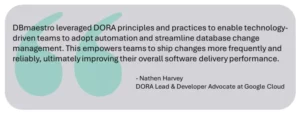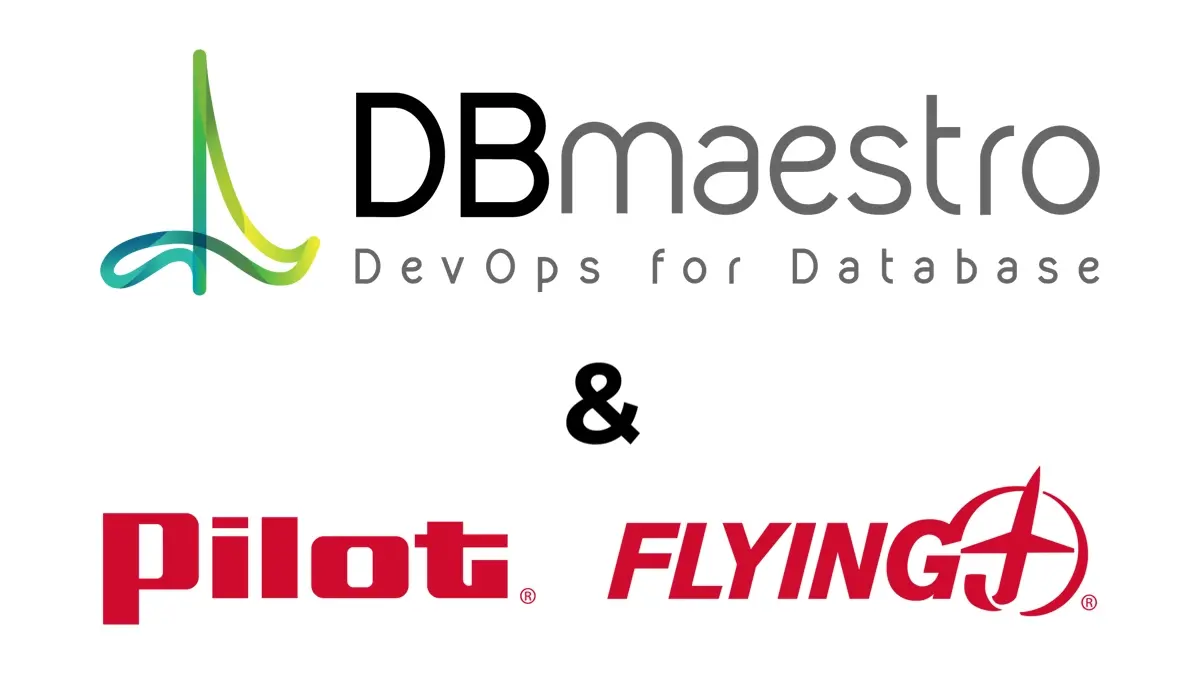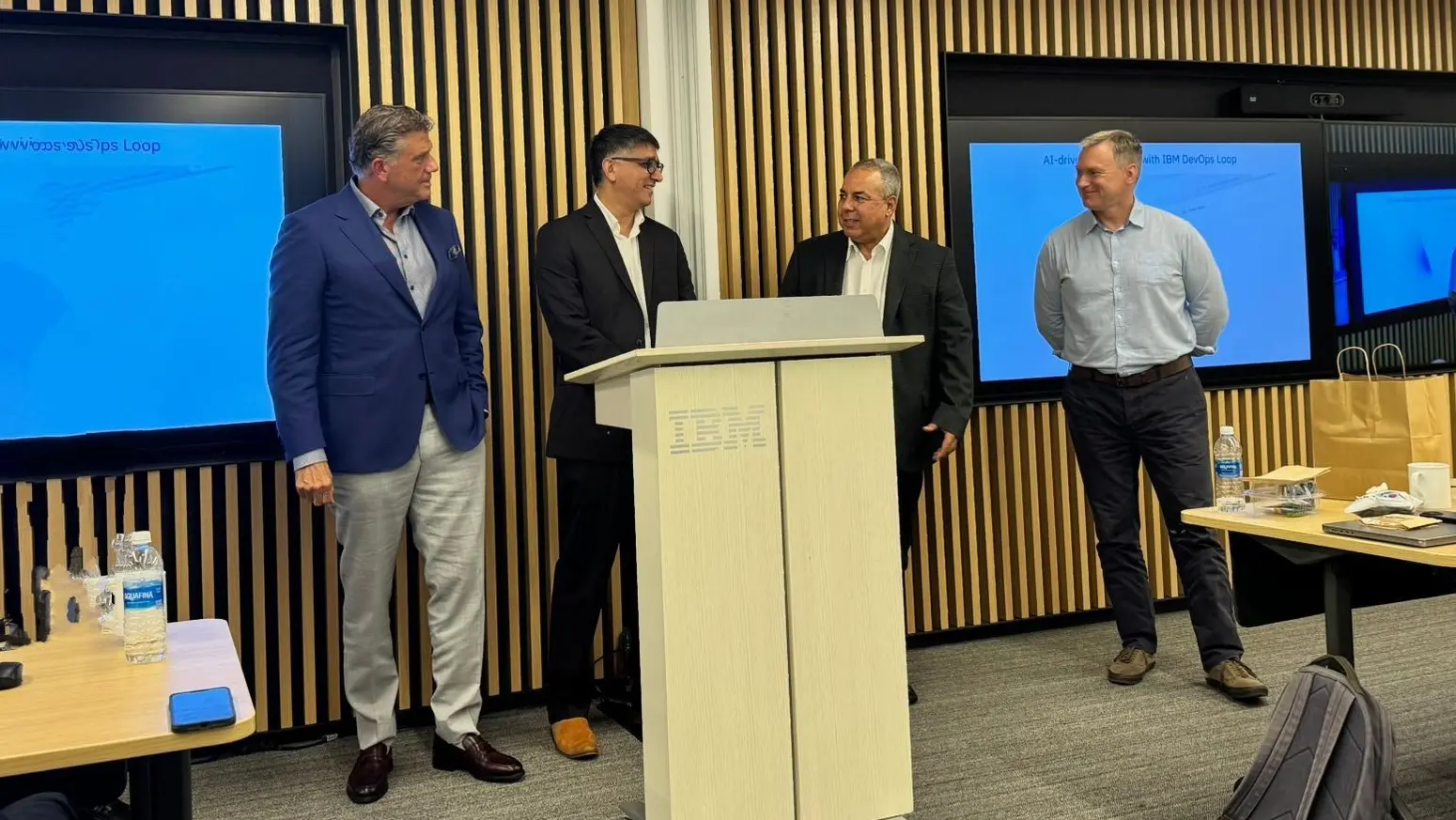How Chaotic Database Change Practices Undermine DevOps, and How DBmaestro Charts the Course to Control
In the high-velocity world of modern software delivery, DevOps has become the guiding framework for achieving speed, efficiency, and resilience. Yet, amid the carefully choreographed automation of application code, there exists a forgotten frontier – a tangled mess of manual steps, undocumented workarounds, and risky database changes. This chaotic landscape is what we call the Map of Mayhem.
Most organizations don’t even realize they’re navigating it.
This article explores what the “Map of Mayhem” is in the context of Database DevOps, why it’s dangerously common yet often ignored, and how platforms like DBmaestro help organizations leave mayhem behind and move toward control, compliance, and confidence.
What Is the Map of Mayhem?
The Map of Mayhem is not a literal diagram. It is a metaphor for the disorder, risk, and unpredictability that characterizes how many organizations still handle database changes within their DevOps pipelines.
While application code changes move through controlled CI/CD processes, database changes often follow a completely different path, or worse, no path at all.
Here’s what a typical “Map of Mayhem” looks like:
- A patchwork of emailed SQL scripts
- Manual production updates run directly by Developers or DBAs
- Rollbacks attempted with fingers crossed
- No audit trail, version control, or unified process
- Release failures traced back to “someone changed something in the DB”
- Environment drift between dev, test, and prod
- Regulatory noncompliance that goes unnoticed until it’s too late
The result? Deployment instability, rework, security risks, downtime and a massive DevOps blind spot.

Why It’s Unseen but Everywhere
Ironically, the Map of Mayhem thrives in shadows. Database change management has traditionally been handled by a small group of senior DBAs or operations engineers who use tribal knowledge and trusted tools (or spreadsheets).
There are several reasons this mess is so persistent:
- Databases are stateful. Unlike stateless app code, you can’t simply “replace” a database. Changes are cumulative, and mistakes are permanent.
- Fear of breaking things. Many teams intentionally avoid automating DB changes, assuming that manual control reduces risk.
- Tooling gaps. While CI/CD tools like Jenkins, GitHub Actions, and Azure DevOps are mature for application code, they lack the native support required for managing DB state and compliance.
- Lack of ownership. Application teams don’t want to own database changes, and DBAs aren’t DevOps-oriented.
This leads to a false sense of stability. Things might look under control until a failed release, data corruption, or compliance audit reveals the true state of mayhem lurking beneath the surface.
The Consequences of Ignoring the Mayhem
If your organization is still navigating a Map of Mayhem, you’re likely experiencing:
- Unstable Releases
Database changes executed outside of pipeline control create unpredictability. Teams can’t reproduce issues, which leads to failed releases and missed deadlines.
- High Mean Time to Recovery (MTTR)
Without proper tracking and automation, recovering from failed database changes takes hours or days instead of minutes.
- Increased Risk of Data Loss
Manual processes are inherently error-prone. One misplaced semicolon or untested script can cause irreversible data issues.
- Regulatory Exposure
For industries under SOX, HIPAA, GDPR, or PCI-DSS, the lack of traceability, approval gates, and role-based access control becomes a compliance nightmare.
- No Observability
You can’t measure what you don’t track. Teams flying blind on database performance metrics like deployment frequency, lead time, or failure rates cannot improve.
Why You Must Mind the Map
Just like the iconic “Mind the Gap” warning in the London Underground, “Mind the Map of Mayhem” is a call to awareness.
It is a warning to engineering leaders, DevOps architects, and CIOs. If your database change process isn’t automated, secured, and observable, you’re not truly practicing DevOps.
You’re gambling with your delivery pipeline and your data.
DBmaestro: Turning Mayhem into Measured Control
Enter DBmaestro, the leading Database DevSecOps platform built to bring the same automation, security, and governance principles of DevOps to the often-ignored world of databases.
DBmaestro doesn’t just patch the symptoms of the Map of Mayhem. It replaces it with a smart, compliant, and secure map for controlled change.
Key Capabilities That Tame the Mayhem
1. Automated Database CI/CD Pipelines
DBmaestro enables you to fully integrate database changes into your application delivery pipeline. This includes:
- Schema and code changes versioned in Git
- Pipelines that deploy through automated, tested workflows
- Elimination of manual script copying and guesswork
2. Built-in Security and Compliance
Security is embedded in the process:
- Enforced role-based access control (RBAC)
- Change approval workflows and policy enforcement
- Detailed audit trail capturing who changed what, when, where, and why
- Adherence to SOX, PCI, HIPAA, GDPR, and FedRAMP standards
3. Drift Management
Drift between environments is one of the most dangerous aspects of the Map of Mayhem. DBmaestro:
- Detects schema and configuration drift automatically
- Flags deviations before they cause outages
- Offers easy resolution with side-by-side comparison and rollback
4. Observability with DORA Metrics
With DBmaestro, you gain full visibility into database performance:
- Deployment frequency
- Change failure rate
- Lead time for changes
- Mean time to recover (MTTR)
Metrics are broken down by project, environment, or team, enabling data-driven improvement.
5. Rollback and Recovery
Failed changes are no longer disasters. DBmaestro enables intelligent rollback and structured recovery, turning risk into resilience.
DBmaestro Charts the Course to Control
If your current process feels like a handwritten pirate map drawn in panic and reworked in each sprint, DBmaestro gives you a navigation-grade GPS for database delivery.
It replaces guesswork with governance, silos with collaboration, and chaos with compliance.
Here’s what that transformation looks like:
| From Map of Mayhem | To Map of Mastery with DBmaestro |
| Ad hoc scripts | Git version-controlled pipelines |
| Manual production changes | Automated, gated deployments |
| No approvals | Role-based access and policy workflows |
| Zero audit trail | Full traceability and reporting |
| Environment drift | Real-time drift detection and remediation |
| Blind spots | Metrics, dashboards, observability |
| Tribal knowledge | Standardized, repeatable processes |
Real-World Fit
DBmaestro is trusted by major banks, insurance companies, government agencies, and Fortune 500 enterprises. It is especially valuable where compliance, security, and auditability are non-negotiable.
For companies undergoing cloud transformation, adopting hybrid environments, or tightening software supply chains, database change automation is no longer optional. It is essential.

Final Word: Mind the Map, Master the Journey
DevOps is about shortening feedback loops, increasing confidence, and reducing risk. Yet your database might be quietly sabotaging those goals.
Mind the Map of Mayhem.
Beneath every failed release, security breach, or compliance violation, there is often a database change gone wrong. These changes are undocumented, unapproved, and untraceable.
With DBmaestro, you gain not just visibility but control. You elevate your DevOps practice to include the most sensitive, mission-critical component of all: your data.
And when your database joins the journey, the mayhem ends and mastery begins.





